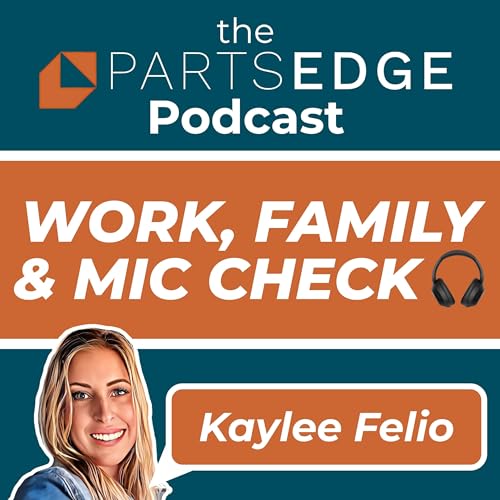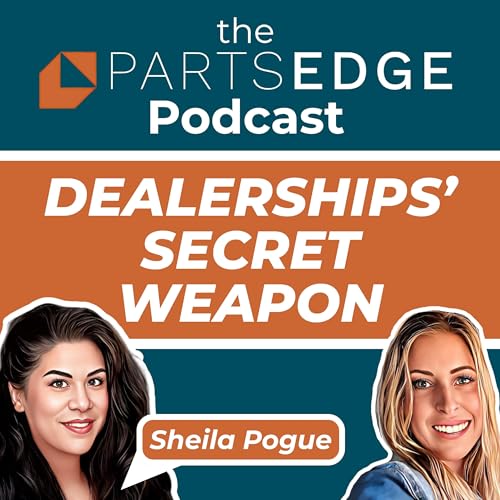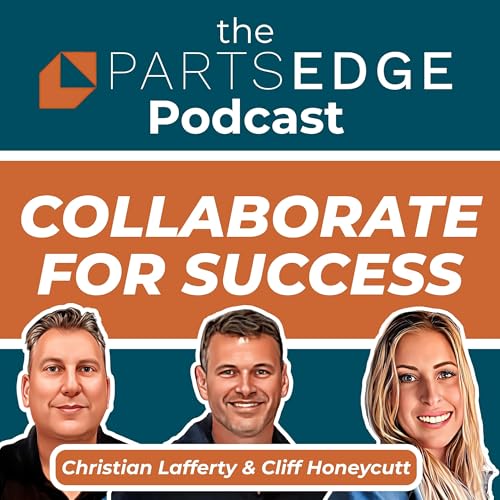Courtney Paschal is the Client Success Manager at Ellison Automotive Strategies and a seasoned automotive professional who began her career at Street Toyota in 2013. A passionate leader in both the automotive industry and her Amarillo community, Courtney is a Top 40 Under 40 honoree in Automotive News and actively serves with No Boundaries International. She’s also a proud dog mom to Cash, Tipper, and Penny.
Brad Paschal is the Market President at Dynatron Software and President of Brad Paschal Consulting. Starting his career in sales at Street Volkswagen, he worked his way up to e-Commerce Director before moving into consulting. Brad has spent the last 8+ years solving complex challenges across both variable ops/sales and fixed ops sides of the automotive business.
In today’s episode, they discuss the challenges and rewards of sharing both a home and career in auto retail, the importance of charity and giving back, and the unique dynamics of running dealership ops with a partner. Listeners get an inside look at vendor management best practices, the vital role of service and parts departments, and why gratitude and perspective matter for long-term success.
-------------------------------------------
This show is powered by PartsEdge: Your go-to solution for transforming dealership parts inventory into a powerhouse of profitability. Their strategies are proven to amp up parts sales by a whopping 20%, all while cutting down on idle inventory. If you're looking to optimize your parts management, visit 🔗 www.partsedge.com
--------------------------------------------
Takeaways
Work-life balance boundaries matter
Recognize & empower parts/service teams
Gratitude & community givebacks
Chapters
00:00 Navigating Work-Life with Three Dogs
03:51 Mindset Anchors for Productivity
06:20 "Building Community Through Dealership Events"
11:20 "Highlighting Courtney's Career Achievements"
14:23 Lead Quality and Quota Concerns
16:52 "Sales vs. Service: Industry Divide"
19:49 Building Relationships with Service Teams
24:20 "Effective Communication in Relationships"
27:21 "Building Customized Workflows with AI"
31:58 Secret Floor Renovation Plans
35:41 Empowering Through Financial Growth
36:27 Passion for Problem-Solving in Dealerships
40:29 Walking Away from Success
43:52 "Helping Anytime, Anywhere"
Quote
“If you focus on helping people, all other stuff comes.” – Brad Paschal
“Survey your dealership and include everyone in the conversation—parts and service especially.” – Courtney Paschal
Connect
Courtney Paschal
LinkedIn: https://www.linkedin.com/in/courtney-paschal-39bb5a23/
Brad Paschal
LinkedIn: https://www.linkedin.com/in/bpaschal/
Kaylee Felio
LinkedIn: https://www.linkedin.com/in/gotopartsgirl
Website: https://www.partsedge.com
 9 mins
9 mins 46 mins
46 mins 47 mins
47 mins 27 mins
27 mins 25 mins
25 mins 12 mins
12 mins 17 mins
17 mins 45 mins
45 mins
